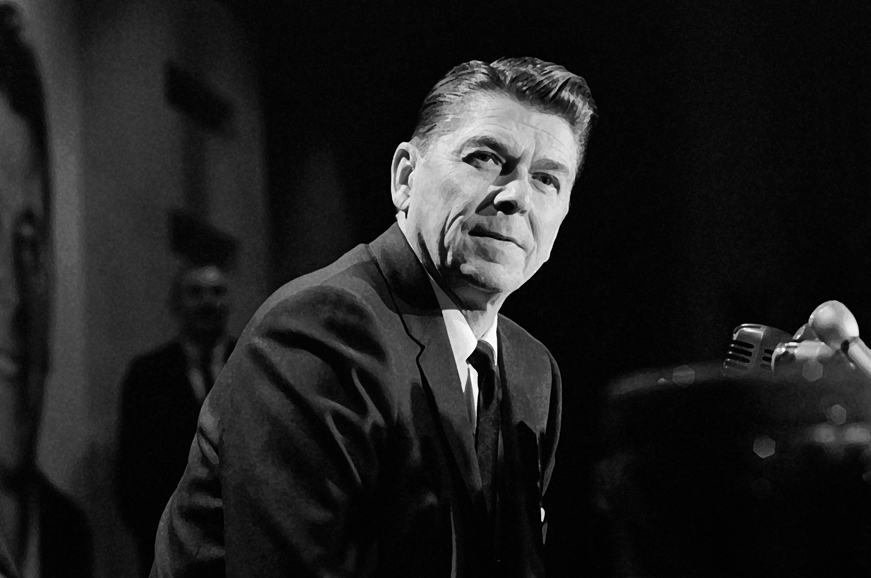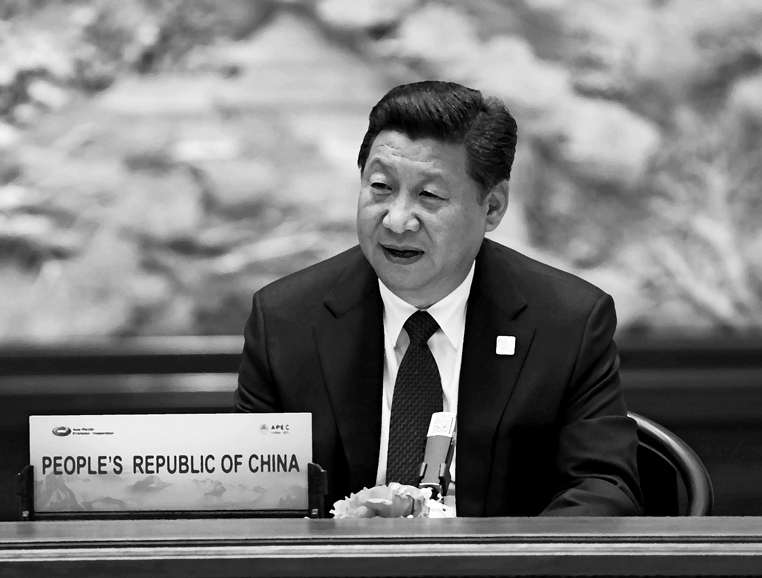Written by Seymour Topping
Reading the news out of Beijing nowadays, you may very well be puzzled as to what philosophy is guiding the Chinese economy. Is it Marxism-Leninism? Communism? Socialism? Or state capitalism, as most Western analysts hold? If you ask a senior Chinese official for a definition, you will likely be told that it is “socialism with Chinese characteristics.” When you ask for a definition of those characteristics, the answers are inevitably vague. At this historic moment, there seems to be a new, rather astonishing characteristic. When the annual session of the National People’s Congress met in March to frame a new five- year economic plan, the pro forma legislature was told that President Xi Jinping, the Party leader, intended to reshape the industrial economy with an emphasis on supply-side economics. In effect, he was adopting the controversial philosophy of President Ronald Reagan, which differed from the generally accepted Keynesian theory of fiscal and monetary stimuli and became known as “Reaganomics.”
Reporting on Xi’s projected reform, Xinhua, the official Chinese news agency, said: “Economists say supply-side reform is an important part of what they call ‘Xiconomics,’ which they believe will shape China’s economic policies in 2016 and beyond.” If Xi goes forward with this reform, there would presumably be an industrial restructuring with a shutdown of weak enterprises, including many that are state-owned. There would be a greater emphasis on individual innovation and the production of high-end goods and services. Taxes would be cut to spur demand. Also, Xi intends to press on with his wide purge of corrupt officials. Unquestionably, there has been pervasive corruption in the Chinese economy, damaging many state-owned companies. But Xi has also used his anti-corruption sweep to weed out political opponents.
The world will be watching Xi’s experiment with supply-side economics — which had mixed results in the United States — with some anxiety. The evolution and condition of the Chinese economy, second in size only to that of the United States, strongly affects the global economy, given that it comprises a market of nearly 1.4 billion people. Stock markets around the world are sensitive to its growth projections. Recently, growth has slowed. But Chinese planners are now aiming at a growth of 6.5 percent annually over the next five years, which would provide a significant spur. The realization of what Xi calls the “Chinese dream” would have the Chinese economy becoming the largest in the world and possibly the Chinese yuan replacing the American dollar as the top reserve currency.
As a journalist, I observed the roots of that dream in November 1946 when I visited Yenan, which was then the blockaded headquarters of Mao Zedong in his civil war with Chiang Kai-shek. I interviewed Liu Shaoqi, second only to Mao as the Communist Party’s leading theoretician. He told me that China must pass through a period of New Democracy, embracing all sectors of society to build a foundation for the eventual attainment of Socialism and Communism. The enduring policy was to be the Leninist principle that there can be no questioning of the absolute rule of the Communist Party.
After Mao’s victory in the civil war, he imposed draconian rules to accelerate Chinese economic development. Peasants were herded into communes. Virtually the entire population was dragooned into crash forms of industrial production under his policy of the “Great Leap Forward.” The ensuing disruption brought on famines in which millions perished. Mao consequently was ousted as chairman of the ruling Central Committee. This led to the so-called Cultural Revolution, a violent ideological power play by Mao’s wife, Jiang Qing, aimed at restoring the Maoist faction to power. The economy did not recover from the disruption until after the death of Mao and the succession of Deng Xiaoping as “paramount leader” in 1978.
Under Deng, a pragmatist, the Chinese economy was revitalized. While most of industry remained state-controlled, thousands of small-scale businesses and consumer free markets came into being. By the ’80s, the makings of a prosperous society were put into place. In the next decades, more than 600 million people were lifted out of poverty. According to official figures, some 55 million today remain classified as impoverished. Income inequalities are generally common, especially between farmers and urbanites. The problems of demographic imbalances in the aging society, severe pollution and shortages of water are immense.
In describing Xi Jinping’s “Chinese dream,” Xinhua stated: “For China with nearly 1.4 billion people, the transition to a balanced and sustainable economy is painful and challenging.” Apparently, Xi now believes that reconstruction and the benefits of supply-side economics — with its emphasis on incentives for investors and driven demand for goods and services — will, in Reagan’s famous phrase, “trickle down” and stimulate the growth of the entire economy.





